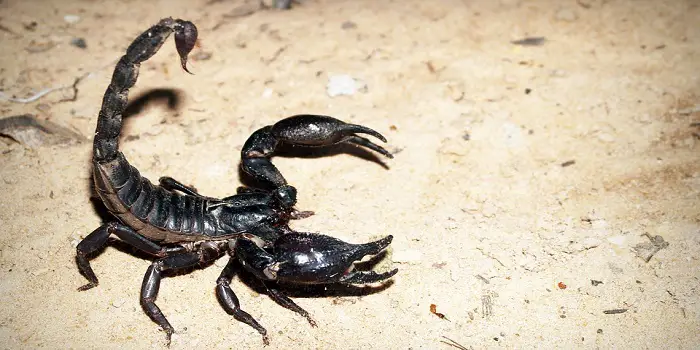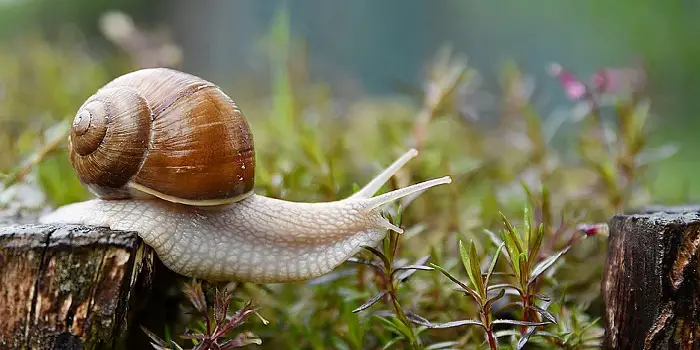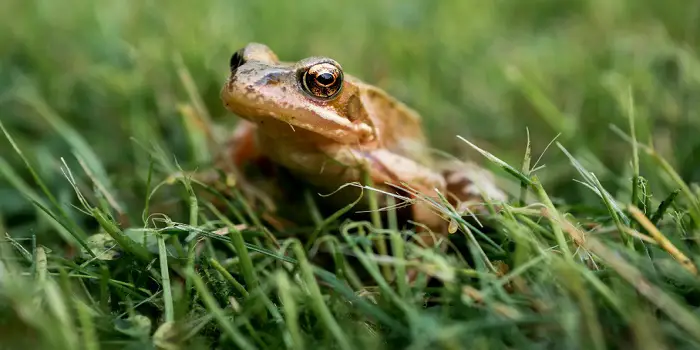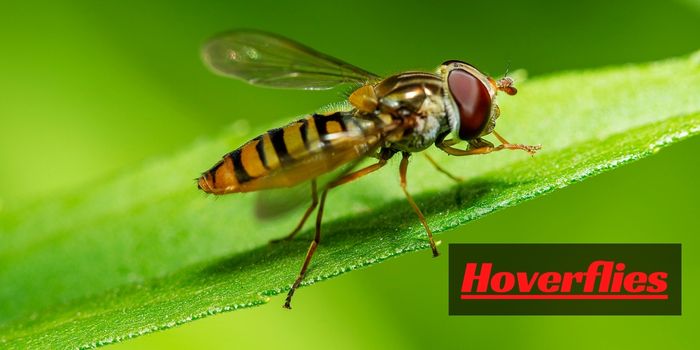
Do you know why there are so many hoverflies in your house? Well, the reason can be your flower garden.
If you have a big flower garden, an infestation of aphids, or have been in weather warmer than average, you will see quite a few more hoverflies than usual.
Although hoverflies can be helpful for plants, an overabundance in your yard can become a nuisance.
To reduce the number of hoverflies, consider removing small, fragrant flowers from your garden that attracts the hoverflies the most.
You can also try planting mint, basil, and lavender to keep hoverflies away. Since they don’t like the smell of these plants, they will automatically repel and stay away from your garden.
Further in this article, I will provide all the details about hoverflies so you can better deal with the infestation in your home and garden.
So, if you are ready, let’s tune in…
What Attracts Hoverflies?
Adult hoverflies need nectar and pollen from bright, fragrant flowers to survive.
Some of their favorite foods also include small-flowered herbs such as carrots, coriander, dill, mustard, thyme, and Queen Anne’s Lace.
Hoverflies are also attracted to areas with many weeds or mixed plantings, often infested with aphids.
The larvae feast on small insects, for example, aphids and the larvae of other flies. So, if you see a lot of hoverflies, try to get rid of these aphids in your garden.
But remember, although commonly known as pests, many people find them beneficial in gardens because they help manage other pests and pollinate flowers.
You should therefore try not to kill these flies but just try methods to repel them from your area if you see too many of them to be overwhelming.
Why Do Hoverflies Follow You?
Hoverflies follow many people because they just want to lick their sweat.
The hoverfly is a late summer visitor that gets attracted to us because of the water and salt from sweat on our skin.
Unfortunately, they often crash our outdoor activities and leave us swatting at flies.
The good news is they cannot sting or bite people, so they are not very dangerous.
Since they can’t bite, sting, or harm people, hoverflies have had to develop other means of defense against predators.
One such method is their appearance; looking like stinging insects (wasps or bees), spiders, and other potential predators are less likely to attack them.
But What’s a Hoverfly – How can I Identify Them?
Hoverflies (also known as flower flies, syrphid flies, corn flies, or tassel flies) are a type of fly.
They get their name from their ability to hover and fly backward, which is relatively rare among flies.
Many people have seen hoverflies before but don’t realize it because they’re very good at mimicking stinging insects like bees, yellow jackets, and wasps.
But you can tell hoverflies by their black with yellow stripes, two long wings, and large eyes that wrap around the head.
How do they look?
Although there are many hoverflies (6,000 species throughout the world and more than 900 different types in North America), they generally share some basic similarities in size and markings.
Adult hoverflies are usually only 6 to 7mm long (or 2/10th’s of an inch), with horizontal yellow stripes on their thorax and vertical stripes running down their abdomen.
Hoverflies are commonly mistaken for bees or wasps because of their large wings.
However, if you look closely, you’ll notice that hoverflies only have two wings with a unique spurious vein in the center.
Another way to tell them apart is by looking at their abdomen; some hoverflies have round and shiny abdomens, while others may be narrow or hairy.
Lastly, all hoverflies have short antennae with large black or reddish eyes.
How long do they live?
Most hoverfly species die within two weeks of hatching, and adults seldom make it more than 12 days past metamorphosis.
Some types of hoverflies build nests in trees, but others lay their eggs in bee, termite, ant, or hornet nests.
That’s because they are good at pretending to be scarier stinging insects.
However, once the eggs hatch and the larvae invade the nest, they often eat other insects that invade the nest – thus protecting bees and other bugs from predators.
Other types of hoverflies lay their eggs in septic water, where the larvae feed on microorganisms and other insects that pollute the water.
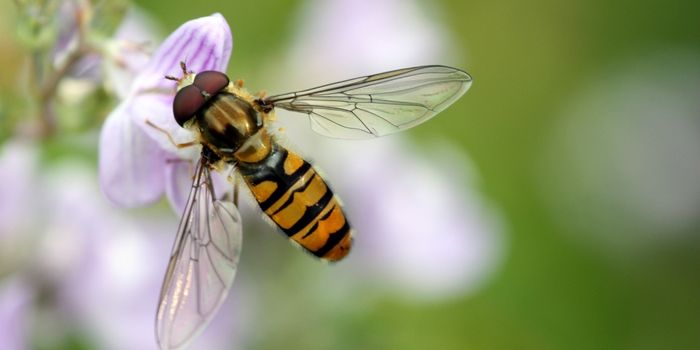
How Do I Get Rid of Hoverfly Infestation In My House?
To get rid of hoverflies, you can use the same methods as getting rid of other types of flies.
But it depends on where your hoverflies are as to what kind of method from below you will need to use in order to repel or kill them:
If they’re in your garden:
If you have hoverflies in your garden, don’t panic. Hoverflies only lay eggs near other pests like aphids, ants, termites, and wasps.
By treating your garden with a safe all-purpose insect repellent (like permethrin), you should be able to get rid of hoverflies and other unwanted insects.
You can also try sprinkling diatomaceous earth or baking soda on the ground around your plants—this will kill some larvae and help reduce the hoverfly population.
You may also utilize repellents, like essential oils and incense, to discourage hoverflies. You can also make a fly spray with vinegar, water, essential oils, and dish soap.
If the infestation is bad, you might want to use sugar-baited traps to kill some of them.
Usually, you should only kill hoverflies if there are too many of them since they help other pests and maintain plant health in your garden.
If they’re in your conservatory or patio:
Use a fan, essential oils, or incense to repel them, OR coat some strips of paper with essential oils such as mint, citronella, or basil and leave them near entryways where they may sneak in.
If your patio has ceiling fans, ensure they’re turned on at full speed. Otherwise, use an electric or battery-powered fan to blow the hoverflies away from your sitting areas.
A few drops of essential oils on curtains, windowsills, and tablecloths should also do the trick.
Burning incense also repeals many types of bugs–including hoverflies.
But if the flies keep returning, try a trap like a flypaper or an electric bug zapper.
The Conclusion
Hoverflies are a nuisance, especially when trying to enjoy time outside, and there are a lot of them present around.
Because they have such similar coloring to bees or wasps, people often mistake them for those pests–but rest assured, hoverflies are entirely harmless and don’t sting.
Luckily, there are many ways to get rid of hoverflies, whether in your garden or your house. With patience and the correct method, you can rid yourself of these pesky pests in no time.
Share the post "Hoverfly Infestation – How to Control and Repel Them Away?"

Welcome to ProShieldPest.com. I am Tina Jones. I have been working as a pest removal professional in Winslow, Arizona lately. At present, I love to spend my time with my family as a retiree.
Here I share all my knowledge and experiences to help people understand better how they can stop pests at their homes without actually killing them. Hopefully, the information you will find here will help in safeguarding your home! You can check more about me here.

